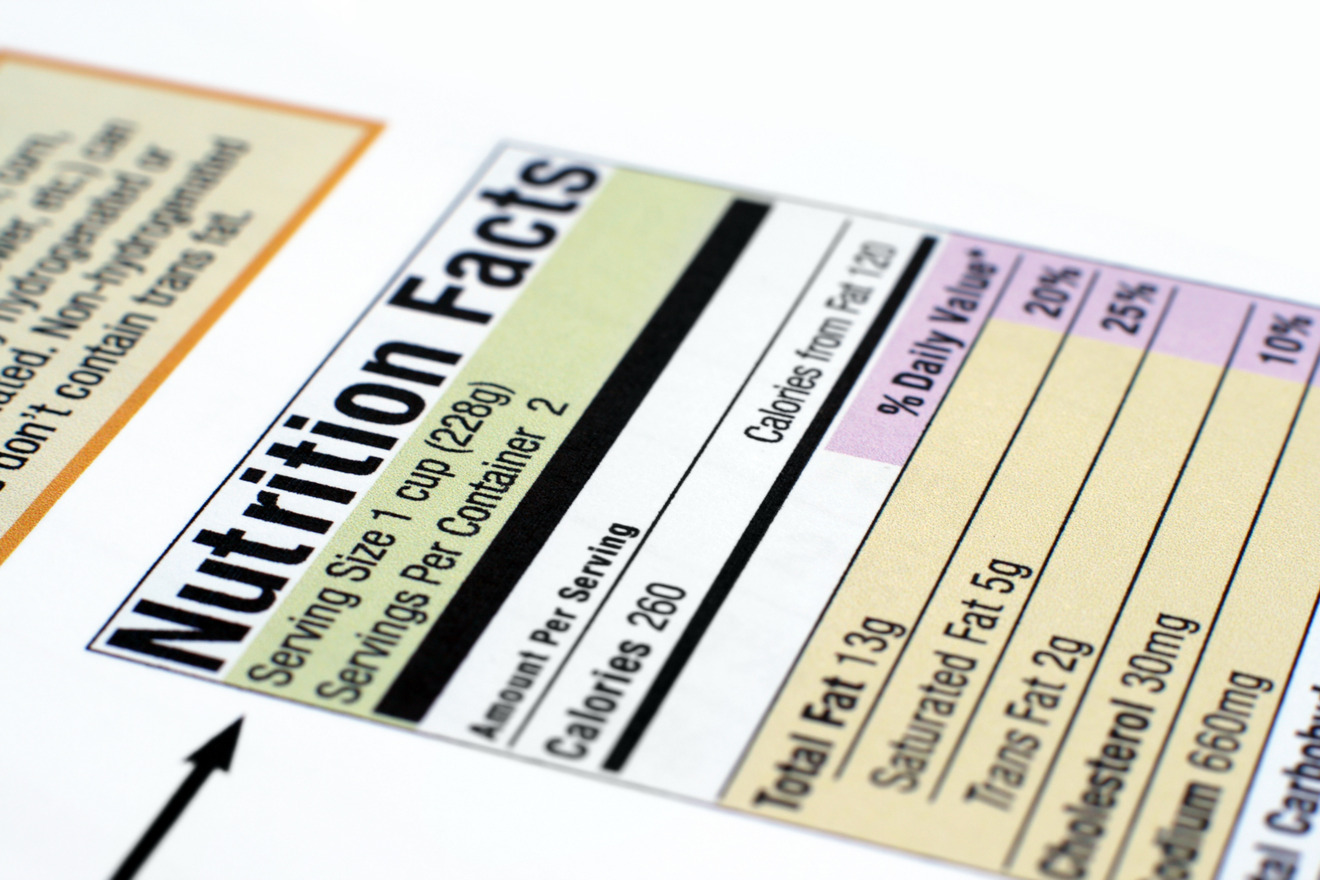Reverse dieting: how it works and who can benefit from it
Key takeaways
- Reverse dieting is when you gradually increase the calories you consume.
- It may be helpful for those coming off a long term diet, those experiencing a metabolic slow-down or those looking to increase performance.
- Reverse dieting requires patience, tracking and mental power.
A solution?
For many people, dieting is associated with strict calorie restriction aimed at fat loss. But what happens when the diet ends? Often, the result is rapid weight regain, slowed metabolism, and a cycle of yo-yo dieting. Reverse dieting offers a solution by gradually increasing calorie intake after a period of restriction, allowing the body to adapt without significant fat gain. Understanding how reverse dieting works and who can benefit from it is crucial for long-term success in maintaining weight loss and metabolic health.
What is reverse dieting?
Reverse dieting is the process of slowly increasing caloric intake following a period of caloric deficit, such as after a fat-loss phase or a competition prep. Instead of immediately returning to pre-diet eating habits, reverse dieting involves strategic, gradual increases in calories, often by 50 to 100 calories per week. This approach allows the metabolism to adjust progressively, minimizing fat gain and preventing the metabolic slowdown that often accompanies severe caloric restriction.
The primary goal of reverse dieting is to restore the body’s metabolic rate while maintaining the lean mass gained or fat loss achieved during the diet. By reintroducing calories incrementally, the body adapts to higher caloric intake without storing excess energy as fat.
How reverse dieting works
The core of reverse dieting involves gradual calorie increase. This is done by adding a small number of calories to the daily intake, typically in the form of carbohydrates and fats. This slow increase gives the metabolism time to adjust, avoiding the rapid weight gain often associated with overeating after dieting.
Reverse dieting allows for metabolic adaptation. During prolonged calorie restriction, the body adapts by reducing energy expenditure, slowing down processes like thermogenesis (heat production) and hormonal output. Reverse dieting seeks to reverse these adaptations by signaling the body to increase metabolic activity, including resting metabolic rate (RMR) and non-exercise activity thermogenesis (NEAT).
It is important to monitor and adjust when undertaking reverse dieting. Success in reverse dieting requires consistent tracking of body weight, measurements, and other markers like energy levels and performance in the gym. Adjustments to calorie intake are made weekly based on how the body responds.
Who can benefit from reverse dieting?
Individuals coming off a long-term diet
People who have been on a prolonged fat-loss diet often experience slowed metabolism, decreased energy, and hormonal imbalances. Reverse dieting helps restore these functions by gradually increasing calories, making it easier to maintain the weight loss without rebound fat gain.
Competitive athletes and bodybuilders
Athletes, especially bodybuilders who undergo extreme caloric deficits for competition, use reverse dieting to regain metabolic function and reintroduce calories without losing muscle definition. It allows them to return to a more sustainable calorie intake while maintaining a lean physique.
Those experiencing metabolic slowdown
Individuals who have experienced metabolic adaptation due to chronic low-calorie diets can use reverse dieting to increase their metabolic rate without significant fat gain. It helps restore hormonal balance, including the regulation of leptin and ghrelin, which control hunger and satiety.
People looking to increase performance
For those who notice a decline in physical performance during a diet, reverse dieting can help. It provides more energy for training, enhances recovery, and supports strength and endurance improvements by gradually increasing fuel availability.
Benefits of reverse dieting
One of the primary benefits of reverse dieting is the ability to maintain fat loss while increasing caloric intake. By adding calories slowly, the body is less likely to store excess energy as fat, ensuring that the results of a dieting phase are preserved.
Reverse dieting can also help kick-start a slowed metabolism by encouraging the body to burn more calories at rest. This metabolic boost can prevent the post-diet metabolic crash that many dieters experience, allowing for a smoother transition to maintenance eating.
Reverse dieting may also enhance hormonal health. Caloric restriction can negatively impact hormone levels, including thyroid hormones, testosterone, and leptin. Reverse dieting helps restore hormonal balance, improving mood, energy levels, and overall well-being.
Improved relationship with food may also be a benefit, especially after a restrictive diet. It encourages mindful eating and gradual increases in portions, reducing the likelihood of binge eating and fostering long-term sustainable habits.
Challenges of reverse dieting
While reverse dieting offers many benefits, it is not without its challenges. Reverse dieting requires patience and meticulous tracking. The slow pace of calorie increases can be frustrating for those eager to return to higher calorie levels quickly.
The mental transition from dieting to eating more can be difficult. Some individuals struggle with the fear of gaining weight, even though the gradual increase in calories is designed to minimize fat gain.
Not everyone responds to reverse dieting in the same way. Some may experience faster metabolic adaptation, while others might need a more conservative approach. Personalized adjustments are crucial.
How to implement reverse dieting
To begin reverse dieting, start by tracking your current caloric intake and gradually add calories each week. Monitor your weight, measurements, and energy levels to assess how your body is responding. Adjust as needed, and remember that the goal is to increase calories while maintaining the progress you’ve made.
Final thoughts
Reverse dieting is a powerful tool for those looking to maintain fat loss, restore metabolic health, and build a sustainable relationship with food. By gradually increasing calorie intake, you can boost metabolism, enhance performance, and prevent rebound weight gain. While it requires patience and careful monitoring, the long-term benefits of reverse dieting make it a valuable strategy for anyone looking to sustain their fitness progress.
Written with the assistance of AI. Reviewed and edited by Marielle Livelo.







